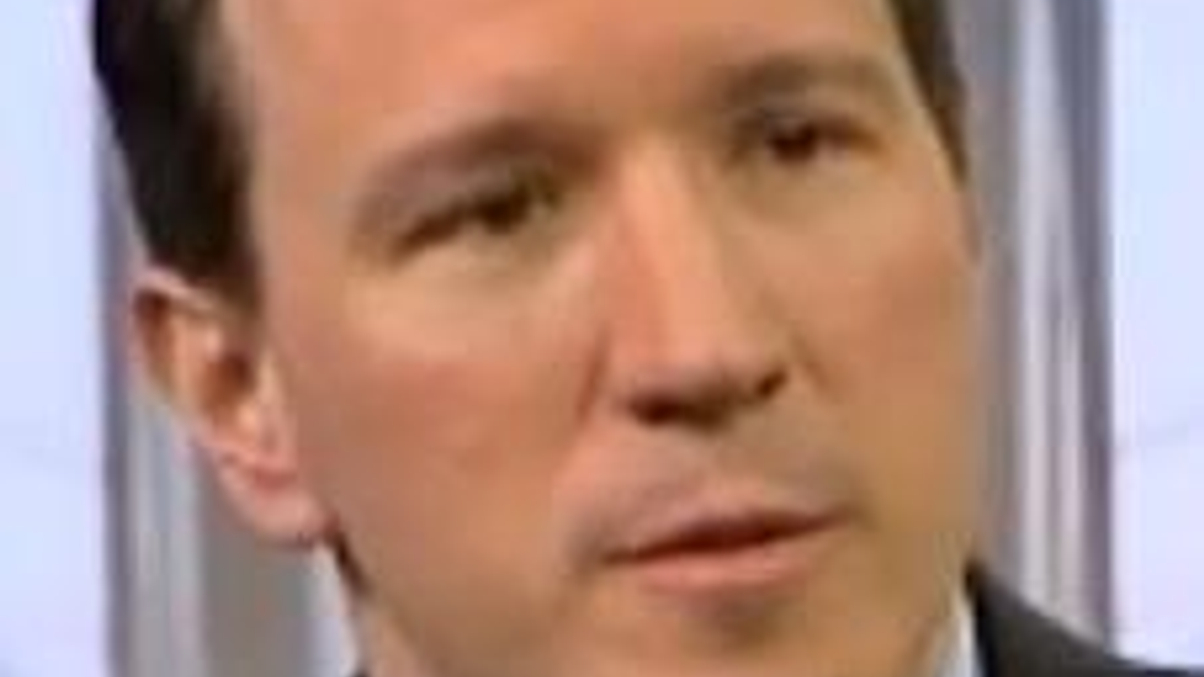Upside seen in US equities as inflation fears overtraded
BTIG's chief market strategist Mike O’Rourke expects US companies to achieve record earnings growth next year, driving institutional investors back into the equity market.

Investors are being encouraged to step back into US equities amid expectations of record earnings growth next year and further signs of recovery in the domestic economy.
Sign in to read on!
Registered users get 2 free articles in 30 days.
Subscribers have full unlimited access to AsianInvestor
Not signed up? New users get 2 free articles per month, plus a 7-day unlimited free trial.
¬ Haymarket Media Limited. All rights reserved.


